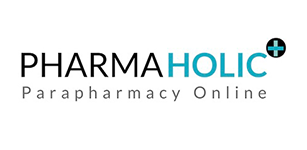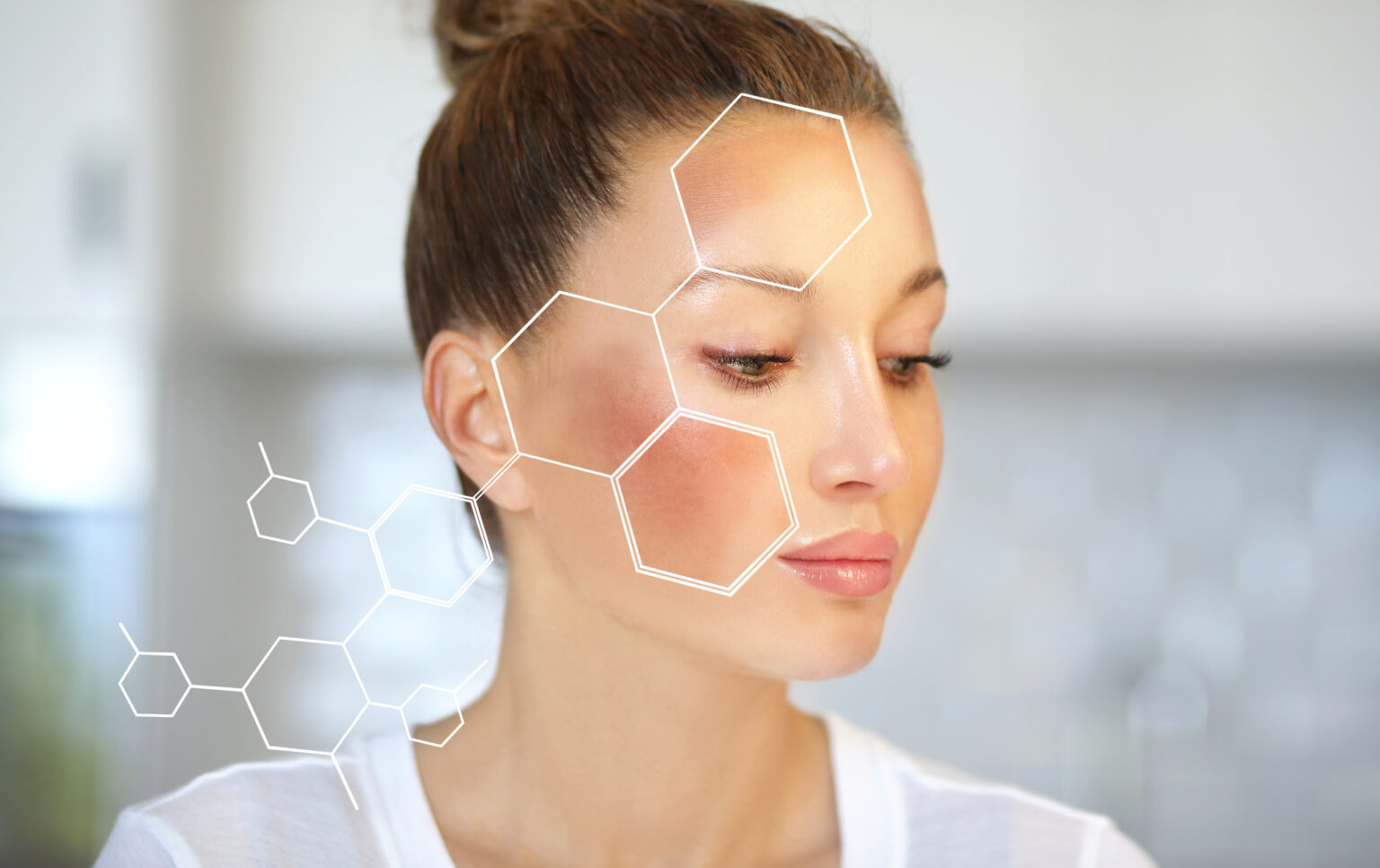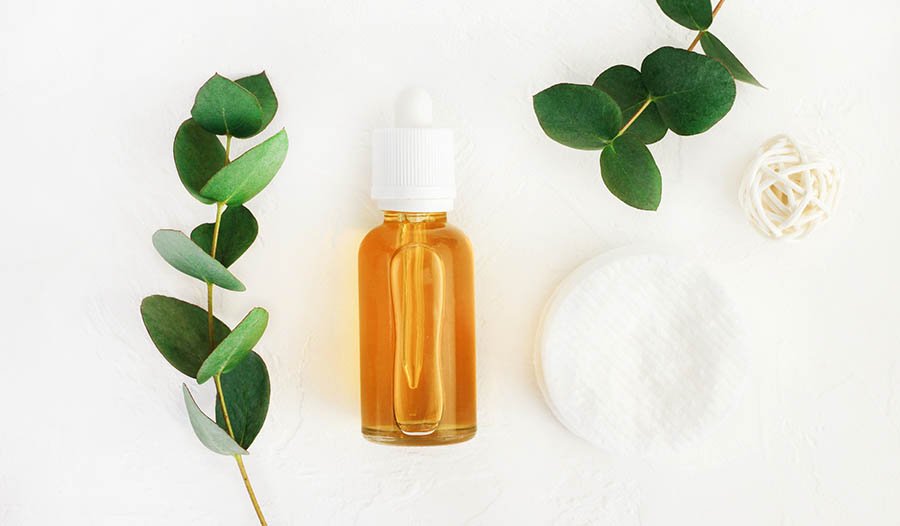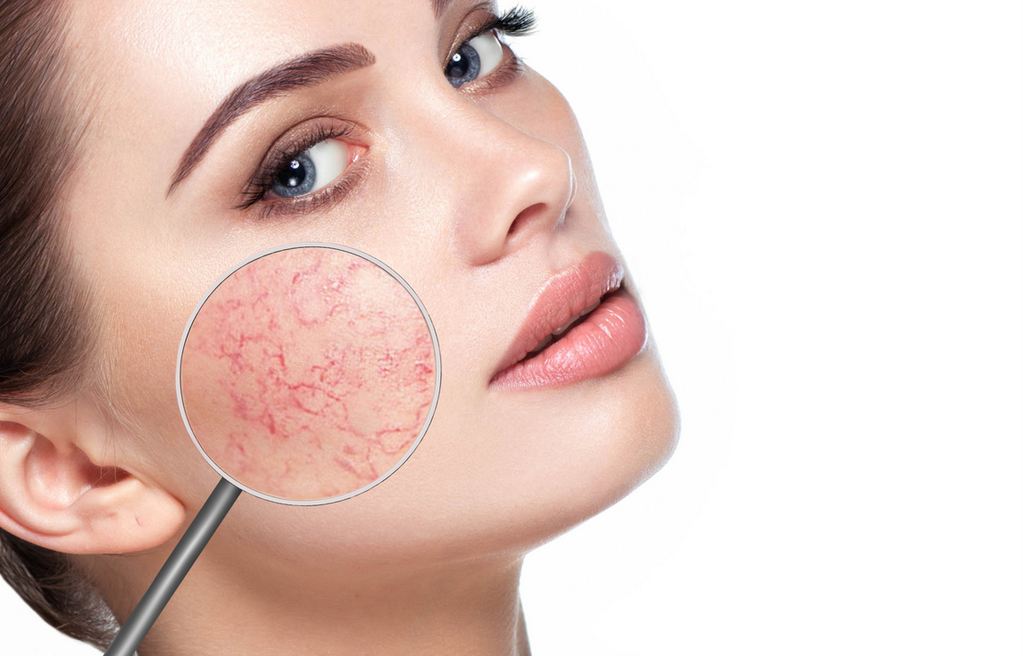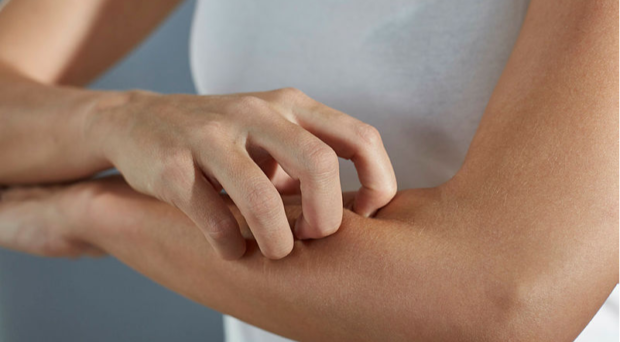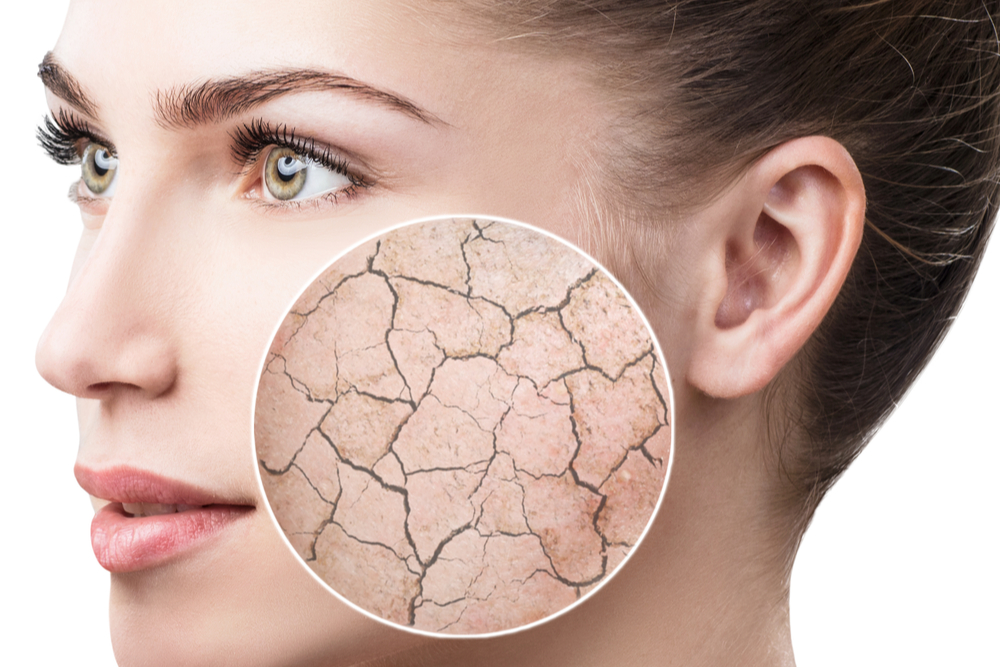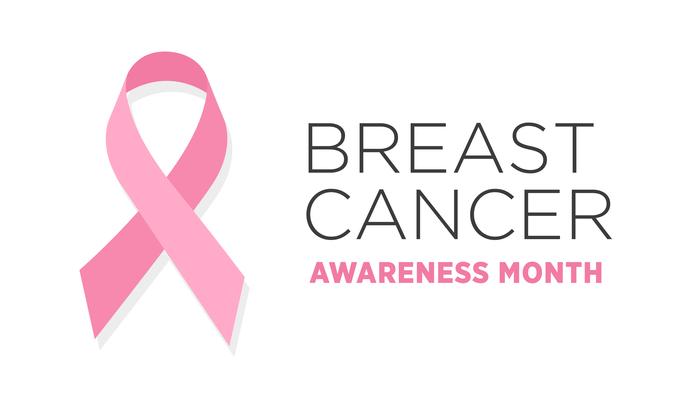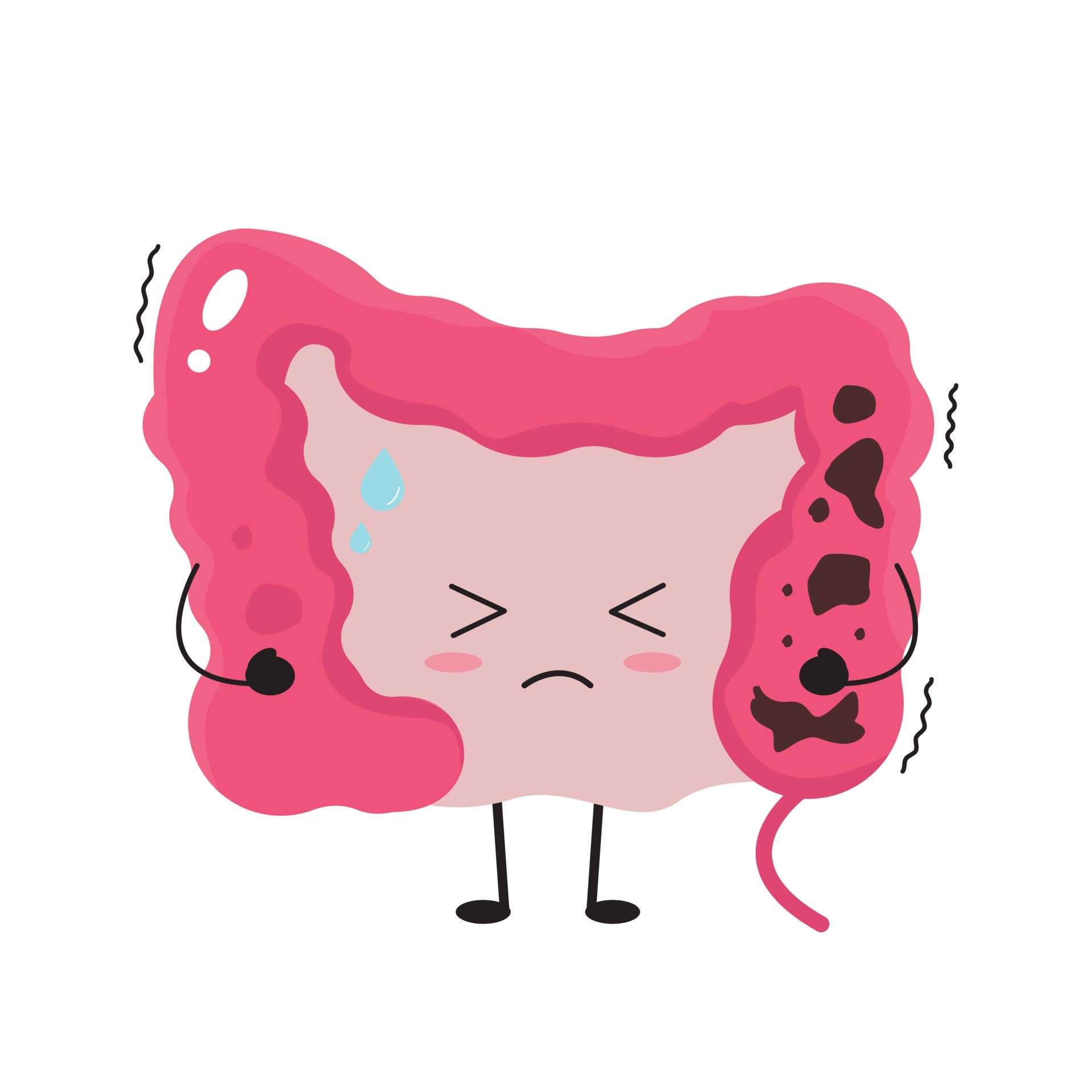Summer Skincare Routine
Sunny days, warm nights & tan lines, who does not adore summer time? As fun as summer time is, as relaxing & refreshing it may be, we cannot forget the skin problems it brings with it. The scorching heat and the blazing sun can become cruel to the skin, the skin’s natural radiance goes with the harmful environmental contaminants, and may become blemished, dull, and oily. Talk less of the harmful UV rays, which are proven to increase the risk of skin cancer.
We tend to harp over and over again on the importance of skincare during winter time, but the fact is skincare is much more important during summer time since Warmer weather can cause excess oil production, clogged pores and breakouts. So it is very essential to make some changes to your normal skincare routine
First, let’s talk basic routine
Cleanser; needless to say, a clean skin is a healthy one. Cleansing is the first step of any skincare routine, in summer, due to the hot climate and harsh sun your pores are clogged with sweat and pollution, go with the cleanser that takes off the extra oil from the face and make it clean. If your skin is dry, then you should go with the no-foaming cleanse.
Toner; a toner helps in cleaning your skin, maintaining is normal PH & controls excess oil production, in summer, Your T Zone tends to be oilier & appears shiny. Go for the toner that has aloe Vera or green tea extracts.
Moisturizer; your skin needs to be moisturized in summer as much as it needs in winter, however, a lighter moisturizer is preferred, go for the moisturizer with SPF 30 or more.
SPF; most important step of all, it is crucial to keep sun protection intact, both for adults and kids. Know your skin type, know your suitable sunscreen, and apply it every single day. A minimum SPF of 30-35 is needed during summertime
Now let’s talk Summer Tips!
- Hydration; A MUST! Hydrate your skin by drinking lots of fluids & Refreshing Juices – recommended 2L of water / day.
- Exfoliation; Pollution and dirt that stick to your skin should be removed by regular exfoliation. It also makes your skin smooth and glowing.
- Nutrition; Where It all starts. Well, in both summer & winter, junk food should be avoided. In summer days your body needs more antioxidants and hydrating diet. Junk foods are extra spicy, oily, and unhealthy which can be harmful to your skin and body. Fruits, Green veggies, fresh juices are best during summer.
- Smart Make Up; for the warmer summer months’ mineral makeup is the right choice. ALWAYS Apply SPF underneath you make up, opt for a makeup – free face and NEVER Sleep with makeup on.
- Don’t Forget Your Body; regular moisturizing, exfoliation & after sun lotions are essential to keep your skin smooth, hydrated & to maintain your summer tan
Summer time is a holiday for your skin too! It is definitely not the time for aggressive treatments or chemical peels, the goal here is to stay clean, hydrated & protected. Stick to a few cleansers, serums with Vitamin C, light moisturizers like hyaluronic acid and a broad spectrum SPF 30 or higher & your summer glow is guaranteed.
If there is one thing this pandemic has taught us , it would be to enjoy the moment as much as we can , never take things for granted and be grateful for everything we have , with the ghost of last year’s quarantine summer dooming over us , summer 2022 is expected to be a well-deserved , out of this world one , enjoy your summers & tan lines , but most importantly enjoy taking care of yourselves , your health , your mindset & well , your skin , a good skin is a good health , & what is a better investment than your own health !
